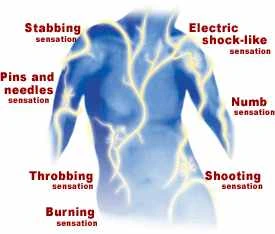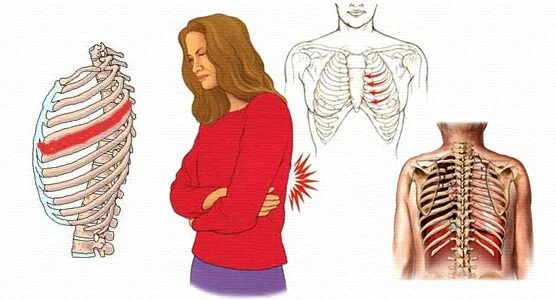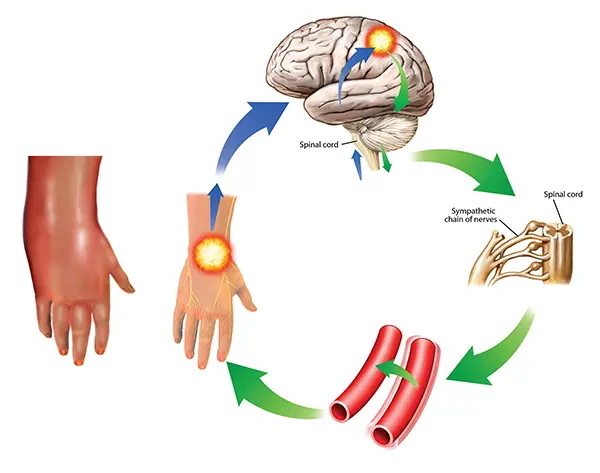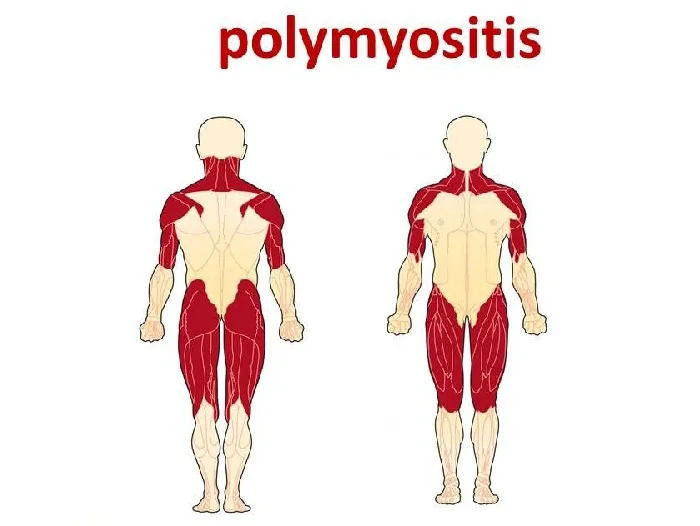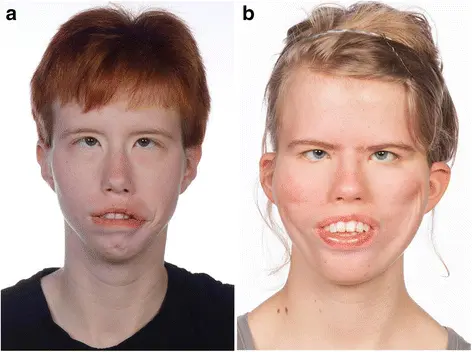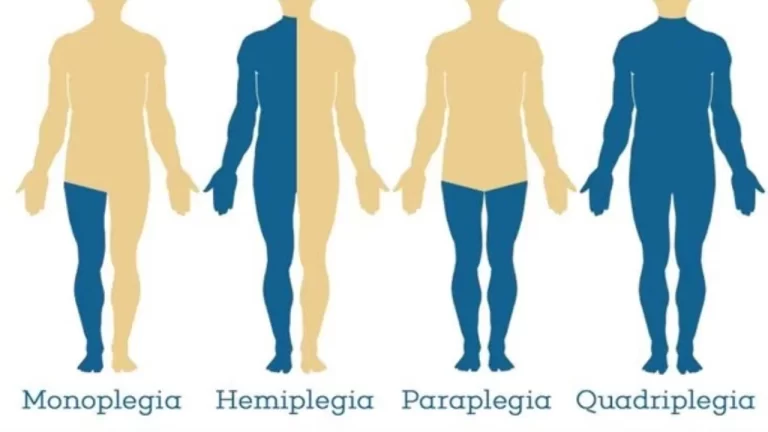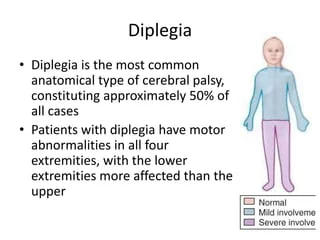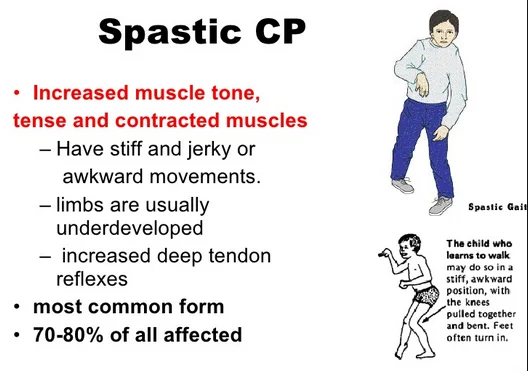Neuropathic pain
What is Neuropathic pain? Damage or injury to the nerves in the central or peripheral nervous system can induce neuropathic pain. Some patients may experience chronic pain in the body as a burning sensation, sharp, while furthers experience tingling and numbness. Injury or disorder can injure the nerve fibers, disrupting the pain alerts the nerves…

